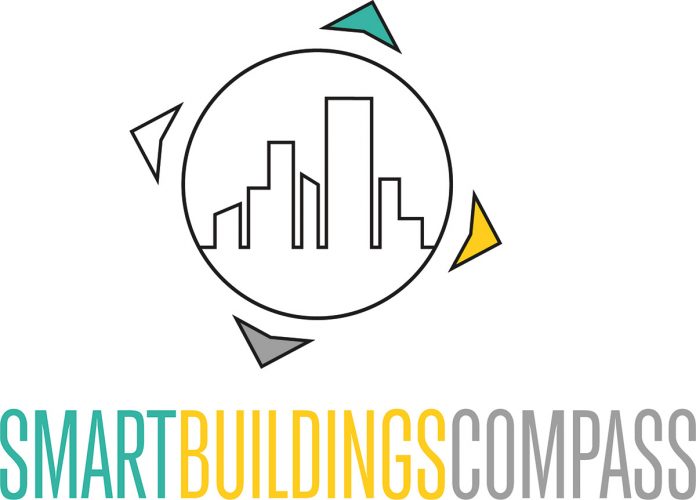Electrical installations refer to the power supply for electrical working and operating equipment, such as lighting or sockets.
These electrical installations include the laying of the necessary cables, the operation as well as the safety concept of the installations. Electrical installations are laid visibly (“on plaster”: the cables are laid exposed visibly) or invisibly (“under plaster”: they are laid in protective pipes in the wall or in screeds – on the floor).
Since the handling of electricity is potentially life-threatening, the planning and implementation is linked to a business license. There are many different ways to obtain this authorization: via apprenticeship, technical training and continuing education, or via the university education track.
The challenges of our time are being solved with technology – Industry 4.0, digitalization and greening mean lots of new jobs. Electrics are playing an increasingly important role in these issues. It is an essential part of digitalization and technological development, and training in this area provides a good professional foundation.
In many parts of the world, electrical engineers are scarce: the shortage of skilled workers is holding back the economy in many nations. Furthermore, fewer baby boomers are now graduating – meaning that the shortage of skilled workers will become even more acute.






